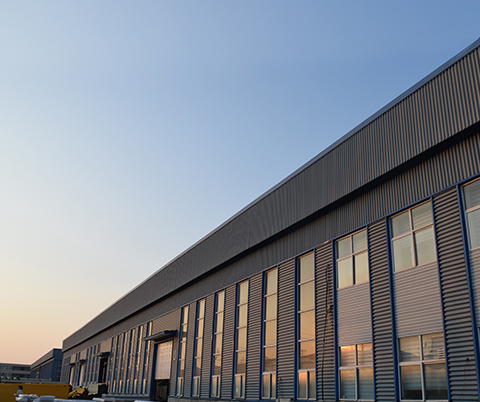loading...
- No. 9, Xingyuan South Street, Dongwaihuan Road, Zaoqiang County, Hengshui, Hebei, China
- admin@zjcomposites.com
- +86 15097380338
- Welcome to visit our website!
frp structural shapes
Exploring FRP Structural Shapes Defining the Future of Construction
Fiber Reinforced Polymer (FRP) materials have gained significant attention in the construction industry due to their unique properties and capabilities. The advent of FRP structural shapes marks a transformative development in architectural and civil engineering, providing innovative solutions that blend performance, durability, and versatility. This article delves into the characteristics, applications, and benefits of FRP structural shapes, illustrating how they are redefining contemporary construction practices.
What is FRP?
Fiber Reinforced Polymer is a composite material made of a polymer matrix reinforced with fibers. The reinforcement materials, such as glass, carbon, or aramid fibers, impart strength and stiffness to the polymer, resulting in an exceptionally light yet robust material. The versatility of FRP allows it to be molded into various shapes, including beams, columns, and other structural components that are essential for construction.
Characteristics of FRP Structural Shapes
FRP structural shapes possess several distinguishing characteristics
1. Lightweight One of the most significant advantages of FRP is its low weight compared to traditional materials like steel and concrete. This attribute not only reduces transportation costs but also allows for easier handling and installation on-site.
2. Corrosion Resistance FRP materials exhibit excellent resistance to chemical and environmental factors, making them ideal for use in harsh environments where traditional materials might degrade over time. This property significantly extends the lifespan of structures.
3. High Strength-to-Weight Ratio Despite their lightweight nature, FRP shapes offer superior strength and stiffness. This high strength-to-weight ratio enables engineers to design more efficient structures that can withstand various loads and stresses.
4. Design Flexibility FRP can be easily molded into complex shapes and designs, enabling architects and engineers to push the boundaries of conventional design. This flexibility opens up new possibilities for innovative structures that were previously deemed impractical.
frp structural shapes

5. Thermal and Electrical Non-Conductivity FRP materials are non-conductive, making them suitable for applications in environments where electrical insulation is critical. Furthermore, they have low thermal conductivity, which can contribute to energy-efficient designs.
Applications of FRP Structural Shapes
FRP structural shapes are being increasingly utilized in various sectors
- Bridge Construction The lightweight nature of FRP allows for longer spans and less substructure depth, making it an ideal choice for bridge construction. Additionally, its corrosion resistance makes it suitable for use in environments with exposure to de-icing salts and moisture.
- Marine Applications In the marine industry, FRP is widely used for dock structures, boat components, and offshore construction, given its ability to withstand harsh marine conditions.
- Civil Engineering FRP shapes are often employed in retrofitting and strengthening existing structures, as they can be installed without significantly increasing the load on the original structure.
- Architectural Design With their design flexibility, FRP shapes are becoming popular in modern architecture, allowing for more creative and aesthetically pleasing design elements while maintaining structural integrity.
Conclusion
The emergence of FRP structural shapes signifies a monumental shift in construction materials. Their unique properties, including lightweight design, corrosion resistance, and high strength, make them increasingly attractive to engineers and architects seeking innovative solutions. As the demand for sustainable and durable construction grows, the role of FRP is expected to become even more prominent. With ongoing advancements in manufacturing techniques and material science, FRP structural shapes will undoubtedly continue to reshape the landscape of modern construction, paving the way for a future characterized by efficiency, resilience, and creativity in design.
-
Premium FRP Handrail for All ApplicationsNewsAug.29,2025
-
Low Maintenance FRP Mini Mesh Grating ProductsNewsAug.29,2025
-
Innovative FRP Square Tubes for Modern Industrial SolutionsNewsAug.29,2025
-
FRP Water Storage Tanks Wholesale Solutions for Bulk BuyersNewsAug.29,2025
-
FRP Molded Grating Solutions for Diverse Industrial ApplicationsNewsAug.29,2025
-
Construction Advancements Through FRP Pultruded ProfilesNewsAug.29,2025
-
Why Choose FRP Railings, Guardrails, and Handrail Systems?NewsAug.29,2025
